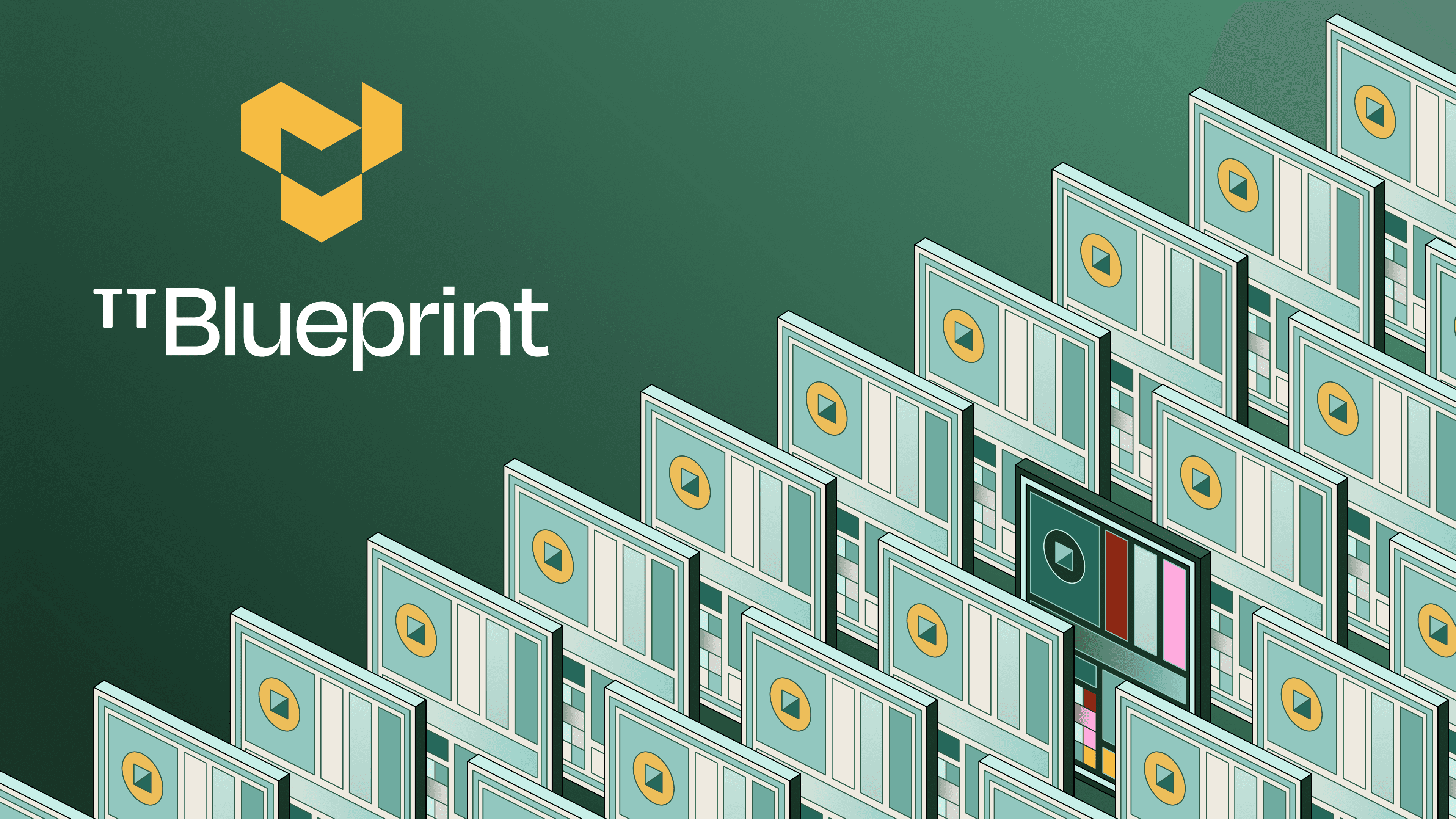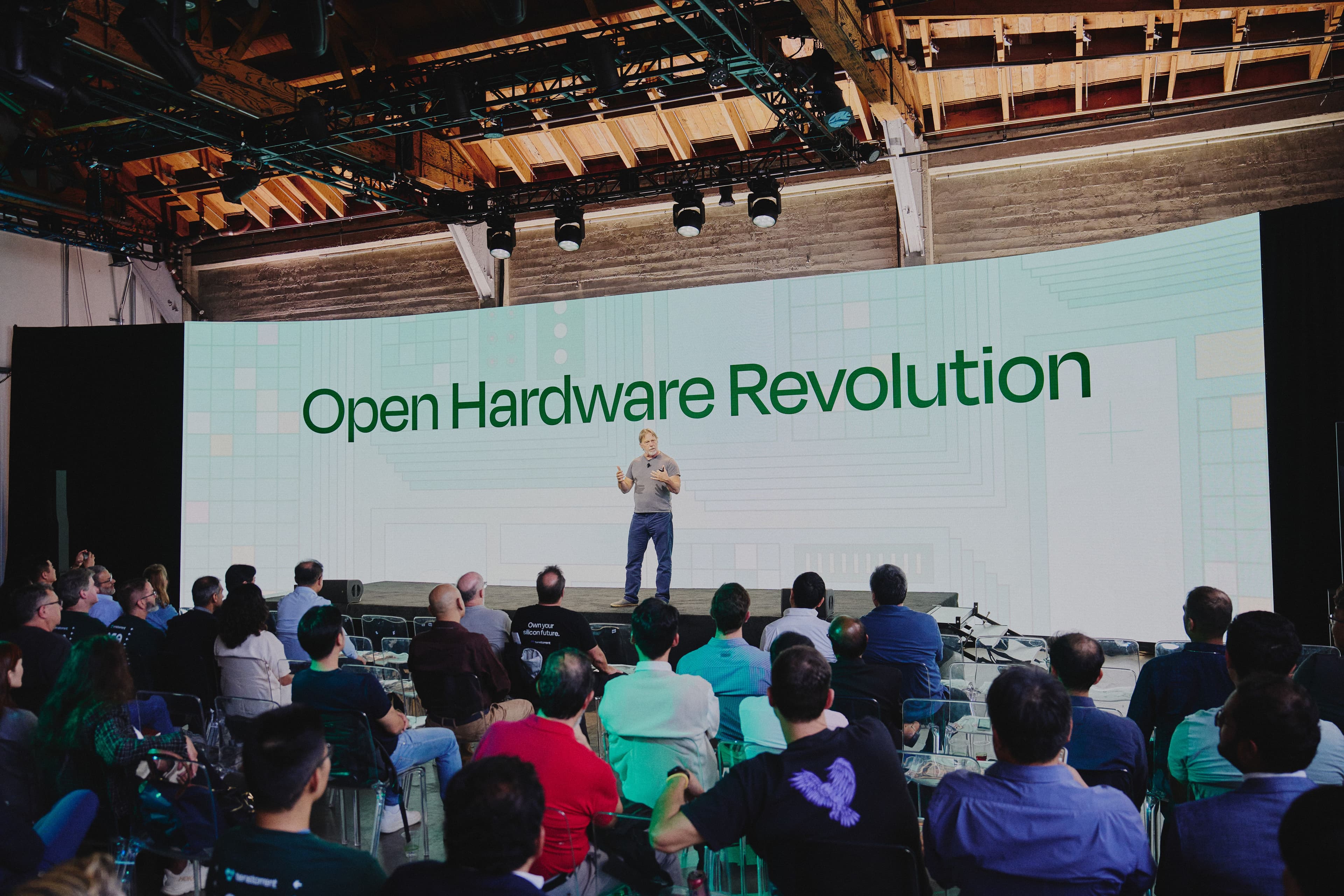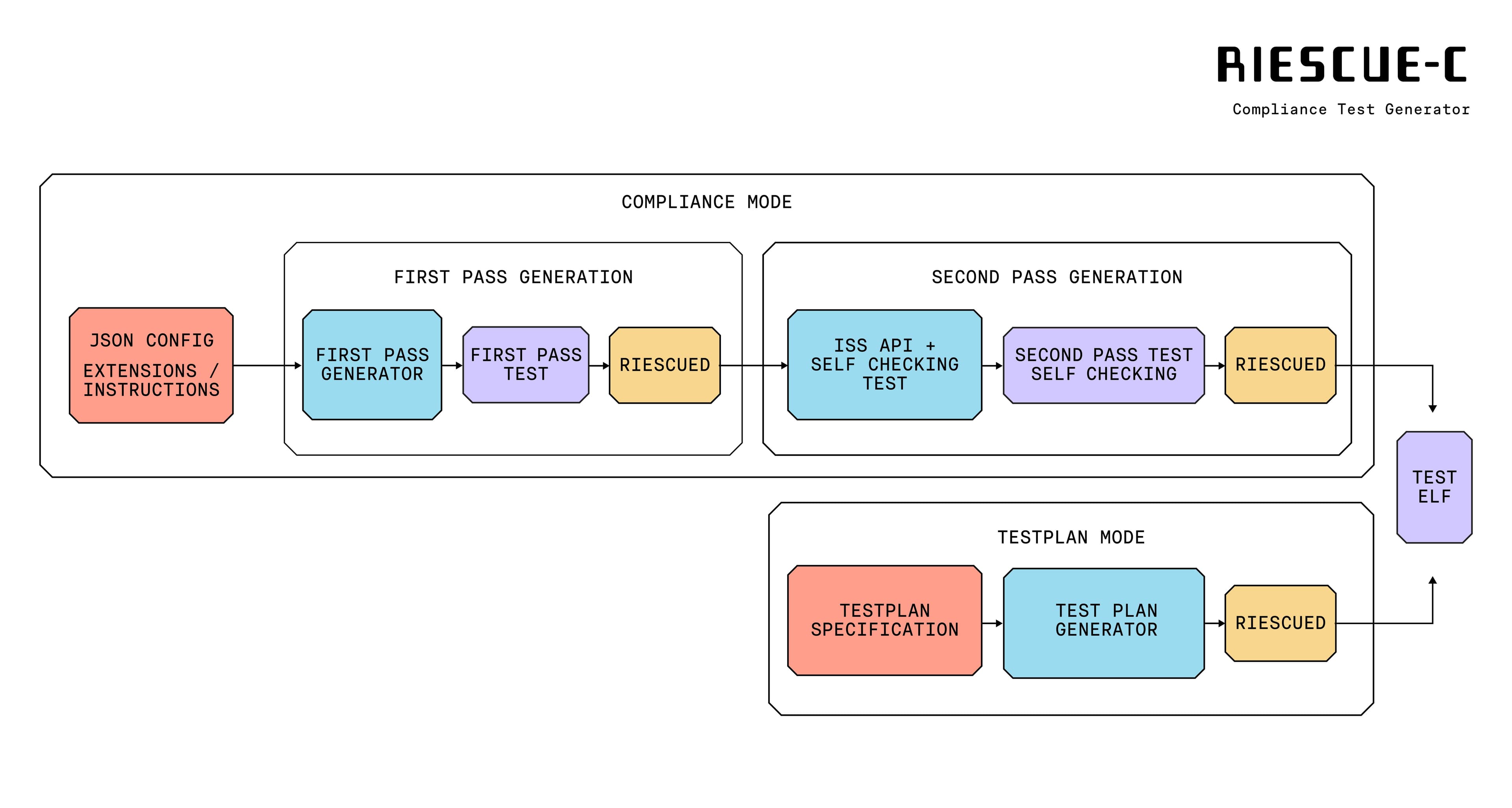The Open Hardware Revolution

The Future We Build For
“We have a really simple mission: to make AI and silicon cheaper.”
On September 25th in San Francisco, Jim Keller kicked off the TT-Blueprint event focused on Tenstorrent’s latest IP offerings:
- Ascalon™ : High Performance RISC-V CPUs for general-purpose control
- Chiplets: introducing Open Chiplet Atlas™ ecosystem stewarding an open standard that enables plug-and-play integration of chiplets from different vendors
- Robotics IP: a complete IP portfolio all customized for automotive applications
We’re doing things differently. Our software stack is open source, with hardware built on open standards like RISC-V, and more transparent IP.
“It’s a difference in clarity,” Keller said, “where you know what you’re getting and you know what the progress is.” It’s an invitation for developers to own their silicon futures. “There’s no secret stuff. We’re making really straightforward hardware to build.”
“Every year this stuff gets more and more expensive,” Keller said. “That’s not the future I want to live in.” We want ownable, cheaper silicon, and transparent IP. So we’re creating sovereign AI solutions, for an open future.
High-performance RISC-V CPU Is Here
“Cores exist for most use cases, except high performance – until now.” RISC-V Cores Fellow Miles Dooley announced Ascalon™, a portfolio of real world RISC-V products for infrastructure, datacenter, server and AI applications. Ascalon™ RISC-V CPU IP is general-purpose, with options ranging from ultra low-power to high-performance.
Transparent, customizable, and licensable Ascalon™ IP unleashes possibility. Its advanced security, RAS, and debug features; emulation and validation stack; and mature system-level specifications address the demands of AI computing requirements for robotics and automotive industries, and more.
“We’re solving for freedom,” said Aniket Saha, VP, Product Strategy. “It’s the freedom to innovate and control your roadmap.” It’s not just about an excellent core, but a full solution: the core family, the cluster, the system IP, the infrastructure tools and collateral that enable you to build real, functional solutions.
Next-Gen IP, Evolved for Extreme Performance
While our RISC-V CPU tackles a wide range of possible product fits, Tenstorrent also has variants solving for specific industries’ complex challenges. Alexandria™ supports safety compliance for robotics and auto, while the Atlantis™ dev platform gives us the missing piece: it’s Ascalon™, in silicon.
Open Chiplet Atlas™: Defining a Truly Open Standard and Ecosystem
Chief Architect Wei-Han Lien introduced Open Chiplet Atlas™ (OCA). The OCA architecture specification enables participants to build and connect heterogeneous chiplets for IP-agnostic, plug-and-play integration from different vendors, with no lock-ins or licensing fees at any layer.
OCA launches not simply as a full-stack innovation, but as a growing ecosystem of stewards and 50+ industry-leading partners, all pledging a new standard of interoperability that skirts vendor lock-in in favor of open standards. “To meet the scale and ubiquitous demand for AI, we have to collaborate,” Lien said. “The new paradigm of silicon development is to invite everyone to innovate together.”
Full interoperability and end-to-end composability mean faster iteration, lower cost, and high-performance standardization. For automotive, threatened with the inefficiencies and delays of old closed hardware models, OCA allows OEMs and Tier 1s to build modular compute platforms, enabling collaboration by the entire industry. Our VP, Robotics & Auto Thaddeus Fortenberry put this moment into perspective: “For the first time in automotive history, we have the opportunity for real volume.”
Introducing Open Chiplet Atlas™

Join the Open Hardware Revolution
It’s not just about building silicon – it’s about enabling innovation. “Let’s make the next era of computer design open, fast, low-cost, and fun,” said Keller. Transparent IP, open source software, and open chiplet standards unlock this future, where innovation is more accessible than ever before and ushers in the Open Hardware Revolution.


